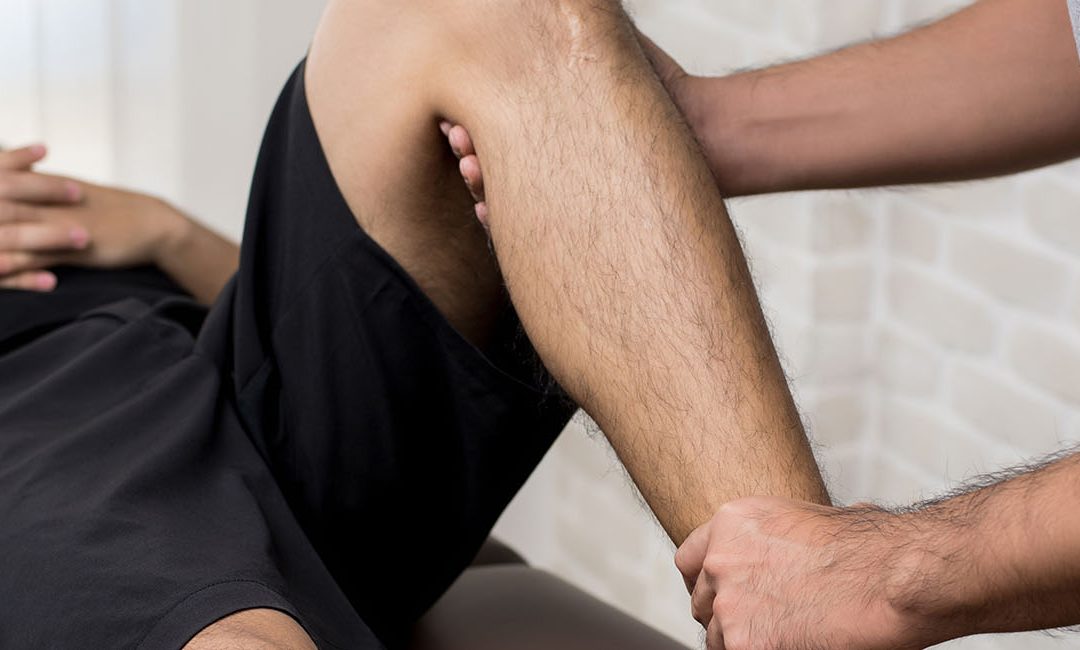As the name suggests, bursitis is a condition involving the inflammation of the bursa, which is a fluid-filled sac present between hard connective tissues, responsible for decreasing friction during movement. While there are 160 “bursae” in the body, the most commonly affected ones are those in the large joints like the hip, shoulders, knees, and elbows.
Causes – The most common cause of bursitis is the repetitive motion of a particular joint. This is common in sportspersons and is referred to as chronic bursitis. For instance, repetitively throwing a baseball could cause bursitis of the elbow, while prolonged kneeling could result in bursitis in the knee. Acute bursitis is caused by major trauma, such as a direct blow on a particular joint, which is usually accompanied by swelling and bleeding. Septic bursitis is caused by a bacterial infection in the bursae close to the skin. Alcoholism, diabetes, cortisone medications, obesity, and certain kidney disorders are risk factors for this form of bursitis. Crystal formation in the bursae could be caused by diseases like gout and rheumatoid arthritis, leading to bursitis. Age is also a causative factor of bursitis since the tendons become less elastic and more prone to stress with age.
Symptoms –
- Pain – Could either develop gradually or suddenly (in case of calcium deposits)
- Immobility – Referred to as frozen shoulder, this is commonly seen in shoulder bursitis.
- Difficulty to support body pressure – This is usually experienced in hip bursitis, making it difficult to lay on the affected side.
- Swelling accompanied with redness and warmth.
- Fever could be a sign of septic bursitis and requires immediate medical attention.
- Pain is often worse at night and worsens with activity.
Treatment –
- RICE – Rest, Ice, Compression, And Elevation, is recommended as the first line of self-treatment for bursitis.
- OTC anti-inflammatory medications can help to provide some relief.
- You might need to see an Orthopedic if the condition does not subside within a week. The Orthopedic doctors at OrthoTexas shall evaluate your condition and suggest the appropriate line of treatment for you. Corticosteroid injections can be used in case of severe pain and inflammation. The orthopedic treatment at OrthoTexas includes range-of-motion exercises as a part of the physical therapy for bursitis.
- Prolonged cases of bursitis that are non-responsive to the above-mentioned treatments might need surgery as a last resort.


